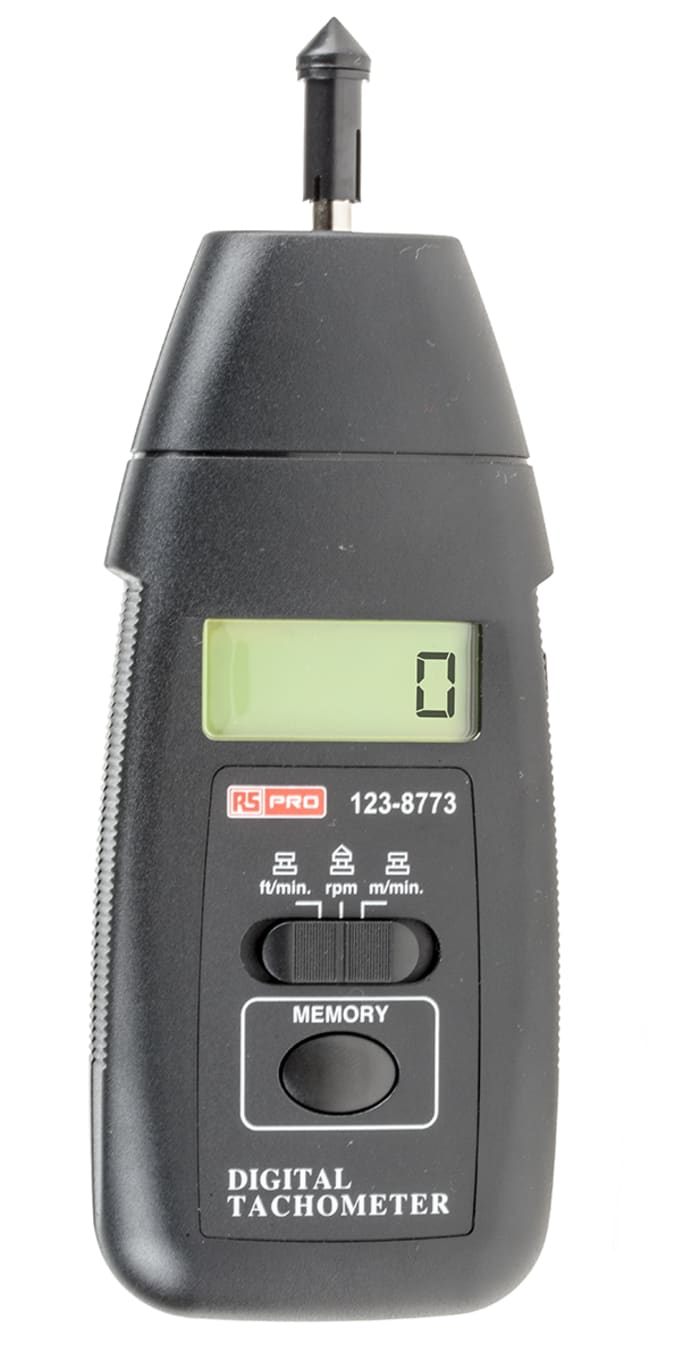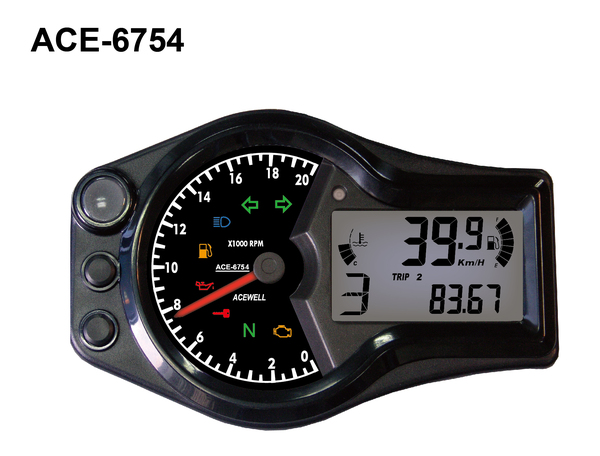Comprehensive Guide to Recognizing and Making Use Of a Tachometer Effectively
Comprehensive Guide to Recognizing and Making Use Of a Tachometer Effectively
Blog Article
The Relevance of a Tachometer in Monitoring Engine Speed and Efficiency in Automotive Applications
In the world of auto design, the tachometer stands as a critical instrument in the motorist's toolbox, offering a straight window right into the inner workings of an automobile's engine. Beyond its function as a simple scale of changes per min (RPM), the tachometer offers as a vital tool for lovers and specialists alike, offering real-time understandings right into engine efficiency and wellness.
Significance of Keeping An Eye On Engine RPM
Checking engine RPM, or changes per min, is an essential facet of automotive maintenance and efficiency analysis. Engine RPM directly associates with the speed at which the engine's crankshaft rotates, indicating how quickly the engine is running - tachometer. By checking RPM, technicians can assess the health of the engine, detect potential problems, and fine-tune efficiency. An irregular RPM reading may indicate troubles such as engine misfires, defective trigger plugs, or concerns with the gas shipment system. Constantly high RPM readings can indicate hostile driving behaviors or the requirement for a higher equipment change to improve gas effectiveness.
Moreover, keeping track of engine RPM is crucial for efficiency analysis in racing and high-performance cars. Keeping optimal RPM levels is crucial for achieving peak power outcome and velocity. Racers frequently use tachometers to guarantee they are running within the ideal RPM range for maximum performance. In recap, monitoring engine RPM is not only vital for detecting problems yet additionally for optimizing engine efficiency in various automobile applications.

Benefits of Real-Time Information
In automobile applications, real-time information plays a critical duty in providing instantaneous understandings into the performance and problem of the vehicle. By continuously monitoring various parameters such as engine speed, temperature, fuel consumption, and more, real-time data supplies many benefits that add to improved efficiency and safety and security on the roadway.
One considerable benefit of real-time information is its ability to sharp vehicle drivers and technicians to any type of abnormalities or issues without delay. This aggressive strategy makes it possible for quick identification of prospective troubles, permitting prompt treatments to protect against more damages or breakdowns. Furthermore, real-time data helps with efficiency optimization by supplying immediate responses on driving practices and engine performance. Vehicle drivers can readjust their behavior in real-time based on this information to achieve far better gas economy and prolong the life expectancy of their car.

In addition, real-time information plays an important function in contemporary automobile diagnostics, enabling service technicians to swiftly identify and deal with malfunctions. This brings about minimized downtime, reduced upkeep expenses, and eventually, boosted total lorry dependability and long life (tachometer). By taking advantage of the power of real-time information, auto stakeholders can make informed decisions that positively influence both the efficiency and long life of the vehicle
Influence On Equipment Shifts
The tachometer plays a critical role in optimizing gear changes by supplying real-time engine rate information to the motorist. When coming close to the redline on the tachometer, it indicates the motorist to upshift to stop over-revving the engine and triggering prospective damage.
Additionally, the tachometer aids in accomplishing smoother gear shifts, particularly in manual transmissions. By monitoring engine rate, vehicle drivers can implement equipment shifts at the optimal RPM array, decreasing jerking activities and reducing More Info endure the transmission parts. This accuracy on duty changes not just enhances driving comfort but additionally adds to fuel efficiency.
Enhancing Fuel Performance
Provided the essential function the tachometer plays in optimizing equipment changes for efficiency and engine health, it straight adds to optimizing fuel efficiency in automobile applications. By giving real-time comments on engine speed, the this website tachometer aids chauffeurs in maintaining the most efficient RPM array for fuel economic situation. When motorists regularly check the tachometer and readjust their motoring practices as necessary, they can prevent unneeded fuel intake triggered by over-revving or hauling the engine.
Additionally, the tachometer aids chauffeurs recognize the most fuel-efficient equipment to be in at any kind of given minute, preventing the engine from functioning more difficult than essential. This is especially critical during velocity and cruising, where being in the appropriate gear can dramatically affect fuel effectiveness. In addition, the tachometer can notify motorists to potential mechanical problems that could be negatively impacting gas economy, such as a slipping clutch or a stopped up air filter. Finally, the tachometer acts as a beneficial tool in improving fuel performance by advertising optimum driving habits and determining areas for renovation in the car's efficiency.

Making Best Use Of Engine Durability
The tachometer's function in monitoring engine rate and performance is critical in making sure the durability of vehicle engines. By making use of the tachometer properly, motorists can maximize engine long life through conscious RPM management. Constantly revving an engine too expensive can cause excessive damage on essential components, such as the pistons, shutoffs, and bearings. Over time, this can cause lowered engine performance and potential breakdowns. Keeping an eye on the tachometer enables drivers to stay within the recommended this website RPM array for their vehicle, protecting against unnecessary pressure on the engine and prolonging its lifespan.

Conclusion
To conclude, the tachometer plays a vital function in monitoring engine rate and performance in auto applications. By offering real-time information on RPM, it enables efficient equipment shifts, boosted fuel performance, and optimized engine longevity. This device is important for keeping optimum engine efficiency and making certain the general functionality of a vehicle.
Report this page